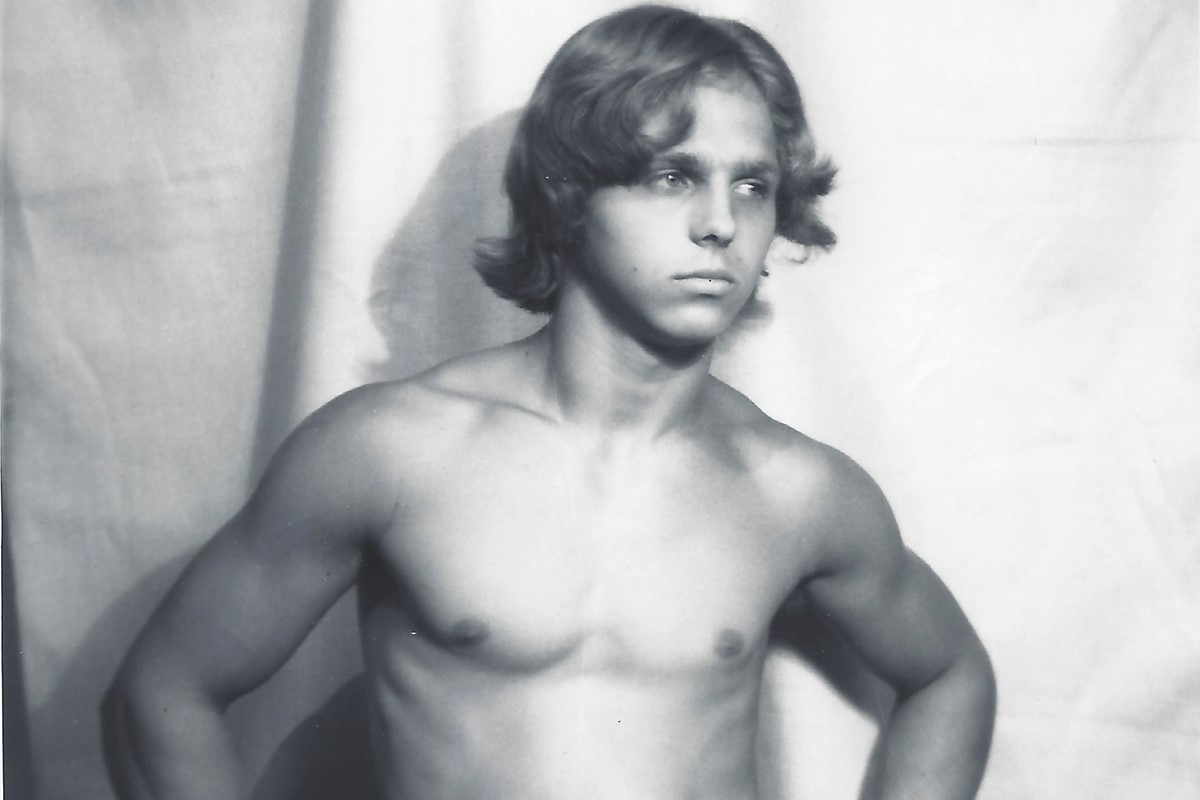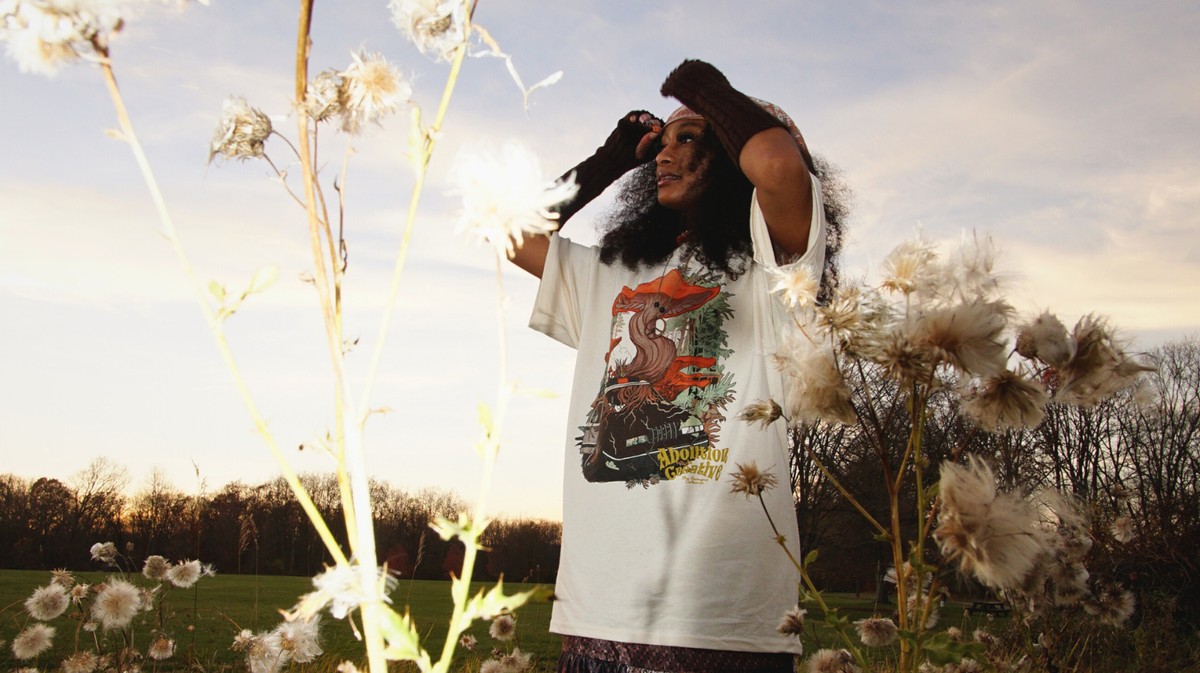Justice
2014 - Sculpture (Sculpture)
Zai Kuning
Justice (2014) presents viewers with a curious assemblage: a wooden gallows with slightly curved spindles protruding from the topmost plank, which in turn is covered with rudimentary netting, the threads slackly dangling like a loose spider’s web or an rib cage that’s been cracked open. A bundle of small red rattan balls hang from the front end of the plank, precariously knotted to a single thread hanging from the gallows’ edge. A book hangs from similar red threads at the plank’s rear, its surfaced wrapped multiple times over with the thread to hold it in place, the red thread resembling blood vessels or connective tissue. A strange substance covers the book’s surface: translucent manila-hued beeswax that gives it a cream-colored luster. This assemblage bears anthropological significance, as Zai notes, Justice reimagines the life worlds of the Orang Laut, an indigenous nomadic tribe from Indonesia’s Riau Archipelago that migrates through maritime travel but that has become increasingly displaced and marginalized in recent years. Each component of his installation, by extension, draws inspiration from different objects that Zai found amongst the Orang Laut during his fifteen years of researching the tribe. Zai tellingly does not allow his work to slip entirely towards ethnography, and he does not describe the use value for these objects, presenting Justice instead as a creative rendering of the Orang Laut’s “world” through a composite of their accumulated ephemera. Justice functions as both an imaginary artifact as well as an artistic statement of resistance against forms of cultural imperialism that threatens to erase non-mainstream cultures.
Zai Kuning is one of Singapore’s leading avant-garde practitioners. He refuses to categorize his work, and his output crosses multiple disciplines including painting, drawing, sculpture, installation, film and video, experimental sound, and performance. His practice often examines the concept of the “tortured body,” and many of his pieces explore the relationship between somatic experiences and language. He founded the Metabolic Theater Laboratory (MTL) in 1996 to examine the relationship between physical movements and language in Southeast Asian rituals. After disbanding the MTL in 2001, he returned to individually defined practices such as solo performance, writing, sound, and research. His most recent work responds to histories of indigenous people in Singapore and Indonesia including the Orang Laut and Dapunta Hyang Jayenasa.
Colors:
Related works featuring themes of: » Abstract, » Assemblage, » Contemporary Faux Naïf, » Singaporean
» see more

© » KADIST
Chadwick Rantanen
2010Telescopic Pole is an adjustable telescopic pole that extends vertically from floor to ceiling and is held up by its own internal pressure...

© » KADIST
Alexandre da Cunha
2005His Deck Painting I recalls the simplistic stripes of conceptual artist Daniel Buren, or the minimal lines of twentieth century abstract painting, but is in reality a readymade, fashioned from repurposed fabric of deck chairs...

© » KADIST
Barbara Kasten
2008Barbara Kasten’s Studio Construct 51 depicts an abstract still life: a greyscale photograph of clear translucent panes assembled into geometric forms, the hard lines of their edges converging and bisecting at various points...

© » KADIST
Christine Sun Kim
2022Hand Palm Echo 1 is a digital animation based on Christine Sun Kim’s staircase mural at The Drawing Center in New York (10 March – 22 May, 2022)...
Other related works, blended automatically
» see more

© » KADIST
Zai Kuning
2014Converting is a piece about the Orang Laut, often called Sea Nomads, that inhabited the Riau archipelago...

© » KADIST
Chadwick Rantanen
2010Telescopic Pole is an adjustable telescopic pole that extends vertically from floor to ceiling and is held up by its own internal pressure...

© » KADIST
Alexandre da Cunha
2005His Deck Painting I recalls the simplistic stripes of conceptual artist Daniel Buren, or the minimal lines of twentieth century abstract painting, but is in reality a readymade, fashioned from repurposed fabric of deck chairs...
Related works sharing similar palette
» see more

© » KADIST
Walead Beshty
2011Constructed out of metal or glass to mirror the size of FedEx shipping boxes, and to fit securely inside, Walead Beshty’s FedEx works are then shipped, accruing cracks, chips, scrapes, and bruises along the way to their destination...

© » ANOTHER
The West Hollywood Artist Who Immortalised LA’s Golden Boys | AnOther A new exhibition in New York showcases the work of Kenneth Kendall, an artist who sculpted James Dean, Marlon Brando and more in the bohemian atmosphere of late 20th-century Los Angeles February 06, 2024 Text Miss Rosen Back in the 1950s, Hollywood’s fabled Melrose Avenue was still a sleepy street home to cabinetmakers and print shops catering to the local community...

© » SLASH PARIS
Valérie Jouve — Le monde est un abri — CPIF — Centre photographique d’Ile-de-France — Exhibition — Slash Paris Login Newsletter Twitter Facebook Valérie Jouve — Le monde est un abri — CPIF — Centre photographique d’Ile-de-France — Exhibition — Slash Paris English Français Home Events Artists Venues Magazine Videos Back Valérie Jouve — Le monde est un abri Exhibition Photography, video Upcoming Sans titre (Les Façades), 2020-2023 / Sans titre (Les Personnages avec Abu Hassan), 2009, courtesy de l’artiste et de la galerie Xippas (Paris, Genève, Punta del Este) Photomontage Courtesy de Valérie Jouve et de la galerie Xippas (Paris, Genève, Punta del Este) Valérie Jouve Le monde est un abri In about 2 months: February 11 → April 14, 2024 Après la parution en novembre 2022 de son dernier livre ( Valérie Jouve , Flammarion/ CNAP ) mettant en récit quinze années de travail, Valérie Jouve formule une nouvelle proposition pour le vaste espace du Centre Photographique d’Île-de-France (Pontault-Combault, Seine-et-Marne)...

© » KADIST
Zarouhie Abdalian
2010The first iteration of Flutter was specifically conceived for the Pro Arts Gallery space in Oakland in 2010, viewable from the public space of a sidewalk, and the version acquired by the Kadist Collection is an adaptation of it...
Other works by: » Zai Kuning
» see more

© » KADIST
Zai Kuning
2014Converting is a piece about the Orang Laut, often called Sea Nomads, that inhabited the Riau archipelago...

© » KADIST
Zai Kuning
2014Concerned with the early history of Singapore, Zai Kuning spent many years living with and researching the history of the Riau peoples who were the first inhabitants of Singapore...
Related works found in the same semantic group
» see more

© » KADIST
Moshekwa Langa
2004Hybridized drawing is a continued exploration in Moshekwa’s practice, integrating elements of graffiti, thread and yarn to enrich his abstract drawings of maps and space...

© » ARTS EQUATOR
SMU Series: More Than Just Managers, Enabling the Arts | ArtsEquator Thinking and Talking about Arts and Culture in Southeast Asia Articles Photo by Ian Schneider on Unsplash October 4, 2018 This article is the third in a series of essays by students from the Singapore Management University Arts and Culture Management programme...



